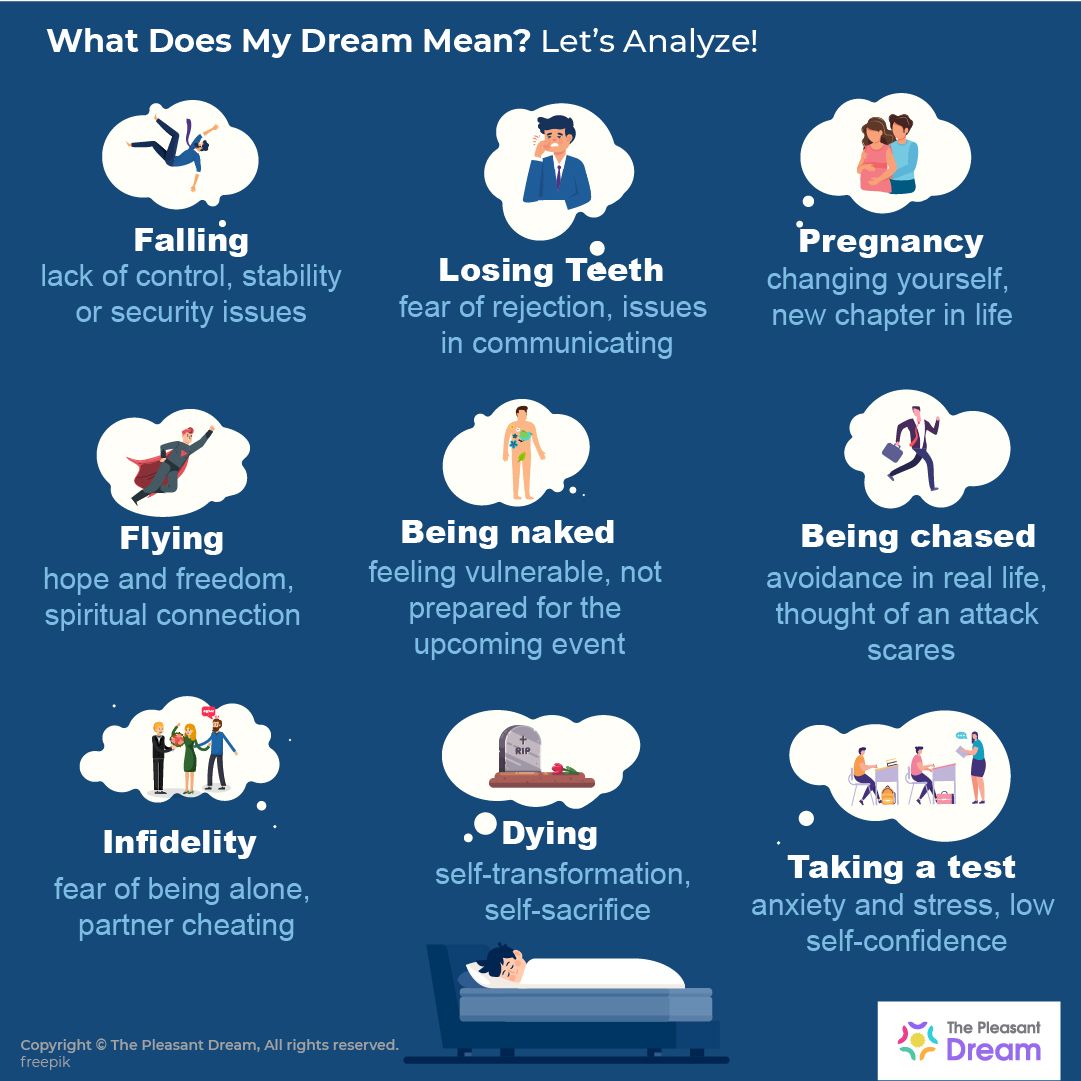Sweet Dreams – Dream Interpretation
Sweet Dreams: Unlocking the Secrets of Your Nightly Visions Through Dream Interpretation Dreams, those enigmatic nightly movies playing behind our eyelids, have fascinated humanity for millennia. They’re a landscape of symbols, emotions, and bizarre scenarios that often leave us pondering their meaning long after we wake. But what if your dreams aren’t just random firings…

Sweet Dreams: Unlocking the Secrets of Your Nightly Visions Through Dream Interpretation
Dreams, those enigmatic nightly movies playing behind our eyelids, have fascinated humanity for millennia. They’re a landscape of symbols, emotions, and bizarre scenarios that often leave us pondering their meaning long after we wake. But what if your dreams aren’t just random firings of neurons, but a gateway to understanding your subconscious, your fears, and your deepest desires? This article delves into the world of dream interpretation, exploring its history, common symbols, and practical techniques to help you unlock the secrets hidden within your sweet dreams.
Why Bother with Dream Interpretation?
Understanding your dreams can be a powerful tool for self-discovery and personal growth. Here are some key benefits:
- Self-Awareness: Dreams often reflect our suppressed emotions, anxieties, and unresolved conflicts. Interpreting them can bring these issues to the surface, allowing you to address them consciously.
- Emotional Processing: Dreams can help us process traumatic experiences, work through difficult emotions, and find closure.
- Creativity and Inspiration: Many artists, writers, and inventors have drawn inspiration from their dreams. Dreams can offer fresh perspectives and innovative ideas.
- Problem Solving: Dreams can present alternative solutions to problems you’re facing in your waking life. They often tap into your intuition and provide insights you might have overlooked.
- Improved Mental Well-being: By understanding the root causes of anxieties and fears revealed in your dreams, you can take steps to improve your mental health and overall well-being.
A Brief History of Dream Interpretation
Dream interpretation is an ancient practice, dating back to early civilizations.
- Ancient Mesopotamia and Egypt: Dreams were considered divine messages, often interpreted by priests or shamans. They were recorded on clay tablets and papyri, providing guidance on matters of health, fortune, and the future.
- Ancient Greece: The Greeks believed dreams could be prophetic or offer insight into personal problems. Dream temples were established where people could sleep and seek interpretations from priests.
- Sigmund Freud and Carl Jung: These influential figures revolutionized dream interpretation in the 20th century. Freud viewed dreams as disguised expressions of repressed desires, particularly sexual ones, while Jung emphasized the symbolic and archetypal nature of dreams, highlighting the collective unconscious.
Decoding the Language of Dreams: Common Dream Symbols
Dreams often speak in symbols, and understanding these symbols is key to interpretation. However, remember that dream symbols are highly personal and influenced by your own experiences, culture, and beliefs. Here are some common dream symbols and their potential interpretations:
- Falling: Often represents feelings of insecurity, loss of control, or failure.
- Flying: Can symbolize freedom, empowerment, ambition, or escaping a difficult situation.
- Teeth Falling Out: Often linked to anxiety about appearance, communication, or loss of power.
- Water: Represents emotions, the unconscious, and the flow of life. Calm water can indicate peace, while turbulent water may signify emotional turmoil.
- Chasing: Being chased often reflects avoiding a problem, feeling overwhelmed, or fear of confronting something in your life.
- Being Naked in Public: Can symbolize vulnerability, exposure, or fear of judgment.
- Houses: Represent different aspects of yourself. The specific rooms in the house can represent different parts of your personality or subconscious.
- Animals: Represent different aspects of your personality or instinctive drives.
- Death: Rarely a literal prediction. Instead, it often symbolizes endings, transformations, or the need to let go of something old to make way for something new.
- Pregnancy: Not always about literal pregnancy. Can signify new beginnings, potential, or the birth of a new idea or project.
A Practical Guide to Interpreting Your Own Dreams
Ready to start deciphering your own sweet dreams? Here’s a step-by-step guide:
- Keep a Dream Journal: Place a notebook and pen (or your phone) by your bed. As soon as you wake up, jot down everything you remember about the dream, even fragments. Details matter! Include:
- The main events of the dream
- The emotions you felt during the dream
- The people, places, and objects that appeared
- Any recurring themes or patterns
- Identify the Dominant Emotions: What was the overriding feeling in your dream? Fear, joy, sadness, anger, confusion? The dominant emotion often provides a crucial clue to the dream’s meaning.
- Break Down the Symbols: List the significant symbols in your dream. Use a dream dictionary (many are available online) as a starting point, but remember to personalize the interpretations based on your own experiences and associations.
- Consider Your Waking Life: What’s happening in your life right now? Are you under stress at work? Are you experiencing relationship difficulties? Dreams often reflect our current concerns and anxieties.
- Ask Yourself Questions: Here are some questions to help you analyze your dream:
- What does this symbol mean to me personally?
- What are my associations with this person/place/object?
- What part of myself does this symbol represent?
- What is my dream trying to tell me?
- What action can I take based on this insight?
- Look for Recurring Themes: Over time, you may notice recurring themes or symbols in your dreams. These patterns can reveal deeper, underlying issues that need attention.
- Don’t Over-Analyze: Dream interpretation is a process of exploration, not a rigid science. Trust your intuition and don’t get bogged down in trying to find a definitive “right” answer.
Resources for Dream Interpretation
- Dream Dictionaries: Several online and printed dream dictionaries offer interpretations of common dream symbols. Be sure to use them as a starting point, not a definitive guide.
- Dream Interpretation Books: Explore books on dream analysis by Freud, Jung, and other prominent psychologists.
- Online Forums and Communities: Connect with other dreamers to share your experiences and gain different perspectives.
- Therapists and Counselors: If you’re struggling to understand your dreams or if they’re causing you distress, consider seeking professional guidance from a therapist or counselor who specializes in dream analysis.
Conclusion: The Power of Understanding Your Dreams
Dream interpretation is a fascinating and rewarding journey of self-discovery. By paying attention to your dreams and learning to decipher their symbolic language, you can gain valuable insights into your subconscious mind, unlock your creative potential, and improve your overall well-being. So, keep that dream journal handy, embrace the mystery of your nightly visions, and start exploring the sweet dreams that await you. You might be surprised at what you discover!
SEO Optimization Considerations:
- Keywords: The article strategically uses relevant keywords like “dream interpretation,” “dream symbols,” “interpreting dreams,” “sweet dreams,” “meaning of dreams,” “dream analysis,” and related phrases.
- Headings and Subheadings: Clear and descriptive headings and subheadings improve readability and help search engines understand the content’s structure. H1, H2, and H3 tags are used appropriately.
- Internal and External Links: Consider adding internal links to other relevant articles on your website (if available) and external links to authoritative sources on dream interpretation. (e.g., academic journals, reputable psychology websites)
- Image Optimization: Use relevant images with alt text that includes keywords.
- Meta Description: Craft a compelling meta description (appears in search results) that accurately summarizes the article’s content and encourages clicks. Include relevant keywords.
- Readability: The article is written in a clear, concise, and engaging style, making it easy for readers to understand. Use shorter paragraphs and bullet points to break up text.
- Target Audience: The article is geared toward individuals interested in self-discovery, psychology, and understanding their dreams.
- Freshness: Dream interpretation is a topic that can be periodically updated with new insights or information, ensuring the article remains fresh and relevant.
- Mobile-Friendliness: Ensure your website and the article are mobile-friendly for optimal viewing on all devices.
- E-A-T (Expertise, Authoritativeness, Trustworthiness): Consider adding author information (bio) demonstrating expertise in the subject matter. Citing reputable sources enhances authoritativeness and trustworthiness.
- Schema Markup: Implementing schema markup (structured data) can help search engines better understand the content and display it more effectively in search results. (e.g., Article schema)
By focusing on these SEO elements, you can increase the visibility of your article and attract more readers interested in unlocking the secrets of their sweet dreams. Remember to monitor your search engine rankings and adjust your SEO strategy as needed. Good luck!






